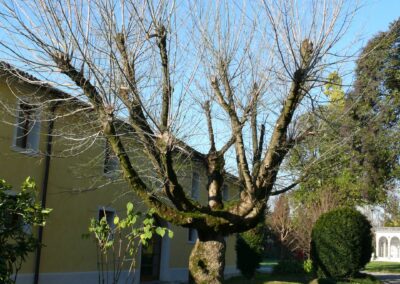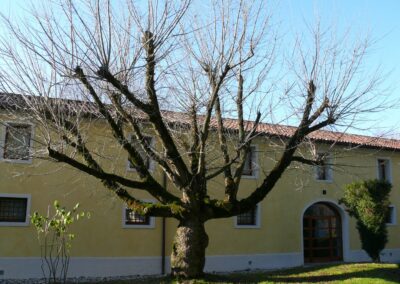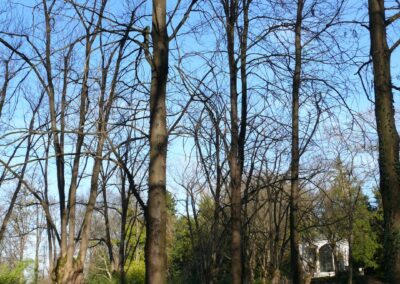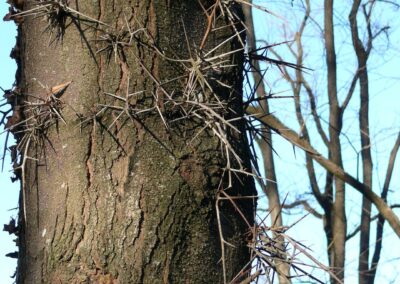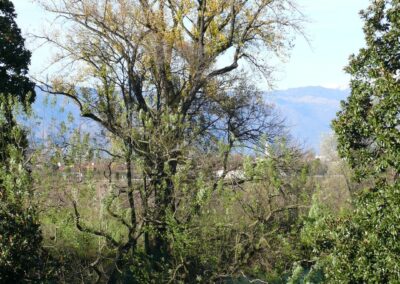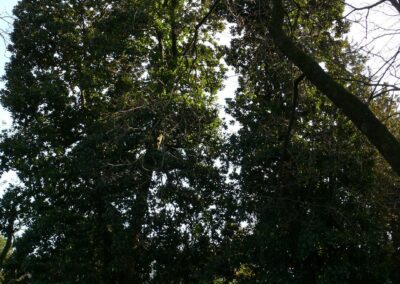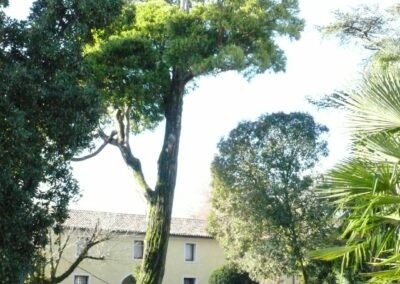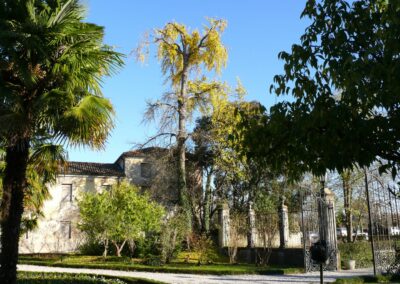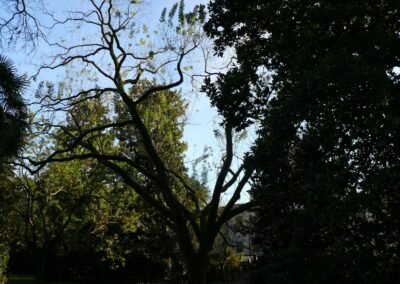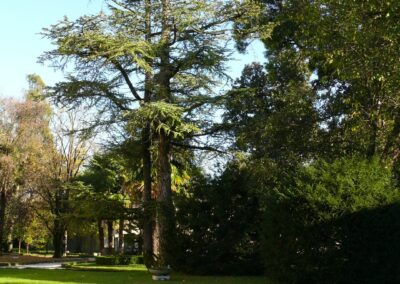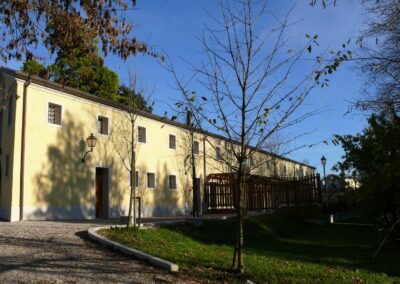The plants in the grounds
Home » The plants in the grounds
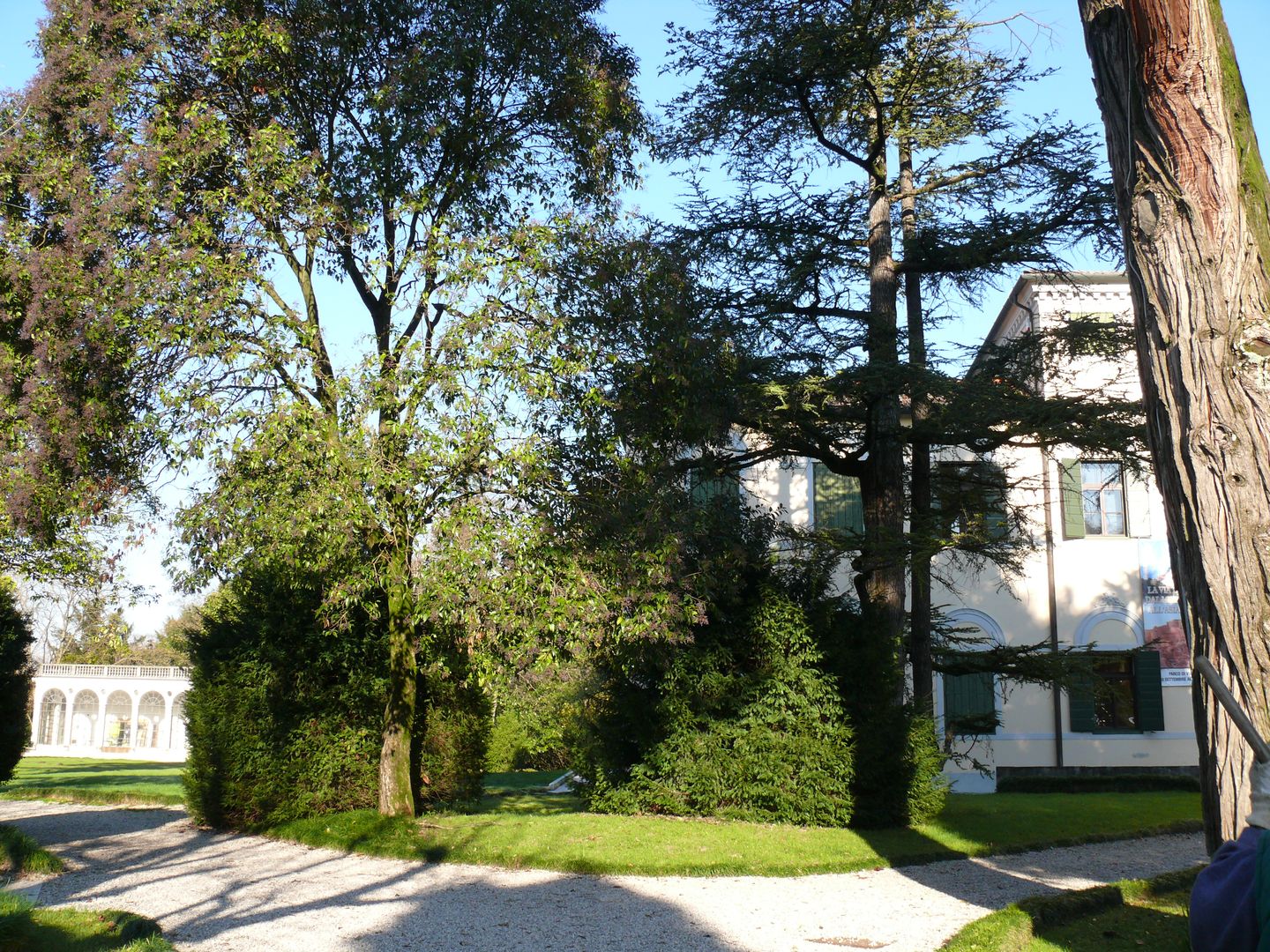
THE VILLA
The plants in the grounds
A wide array of thriving vegetation can be found throughout the grounds. There are 15 species of gymnosperms (including Ginkgo biloba, several groups of cedars, various types of pine, cypress and yew) and 51 species of angiosperms (several types of poplar, willow, alder, European oak, common hazel, beech, mulberry, cherry, Judas tree, black locust, maple, and many more besides).
Much of the grounds are covered with woods, which are packed with native plants from the area such as European hornbeams, elms, maples, willows and poplars. Unfortunately, there are few plants left from the original layout of the garden. Nonetheless, some of them are hugely significant due to their botanic rarity and/or size:
- The stunning incense cedar(Libocedrus decurrens) facing the villa. Originally from mountainous areas of Oregon and California, this species of tree was not introduced to Europe until 1853. That means that the incense cedar in the grounds is unquestionably one of the oldest in the whole of Italy.
- The Japanese pagoda tree(Sophora japonica) in the parterre by the riverbank. This species was introduced to Europe in 1747 and Veneto in 1812. The most common variety is “Sophora Japonica Pendula”, which has twisted, weeping branches.
- A number of Chinese photinia (Photinia serrulata) plants, which were considered a real rarity in gardens in the 19th century because they were not introduced to Europe until 1802 and Veneto until 1842.
- A number of notable specimens of Virginian juniper(Juniperus virginiana) and Bhutan pine (Pinus wallichiana), which remain as evidence of experiments involving the introduction of exotic tree species to our region from as early as the start of the last century.

